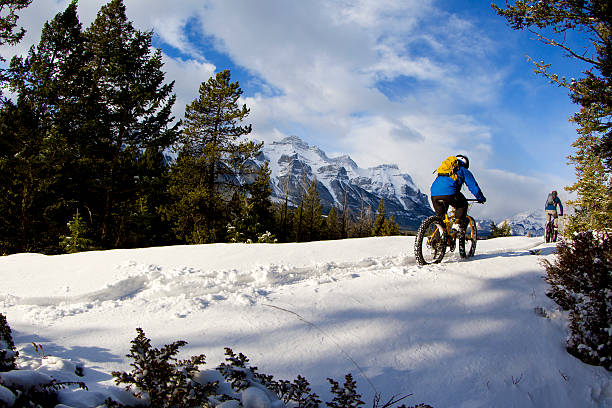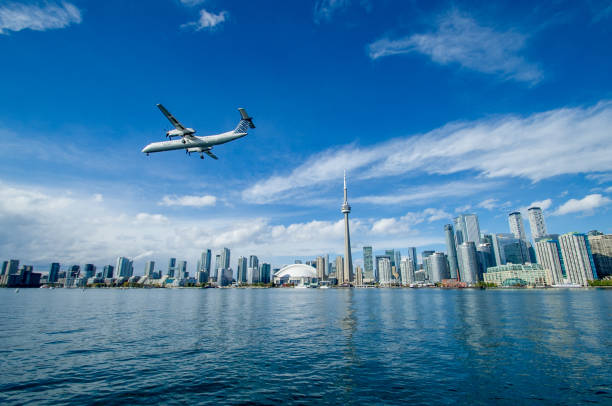Planning a trip to Canada? Whether you’re dreaming of exploring the Rockies, indulging in poutine in Montreal, or wandering the charming streets of Quebec City, a little planning goes a long way. This guide covers everything you need to know — from visa requirements and travel costs to top travel tips — to help you plan a smooth, unforgettable Canadian adventure.
Why Visit Canada?
Canada is the second-largest country in the world and offers something for every traveler: stunning landscapes, diverse cultures, friendly locals, and vibrant cities. From the natural wonders of Banff National Park to the buzzing metropolis of Toronto, Canada promises experiences you won’t forget.
Highlights include:
- Incredible natural beauty (think: waterfalls, mountains, lakes)
- World-class cities with rich culture and history
- A foodie heaven with multicultural cuisines
- Clean, safe, and tourist-friendly environment
Step 1: Check Visa Requirements
Before you book flights, check if you need a visa or travel authorization to enter Canada. Here are the main options:
1. eTA (Electronic Travel Authorization)
- Required for visa-exempt foreign nationals flying to Canada
- Costs around CAD $7
- Quick and simple application online
- Valid for up to five years or until your passport expires
2. Visitor Visa (Temporary Resident Visa)
- Required for travelers from visa-required countries
- Costs around CAD $100
- Application may require biometrics and supporting documents
- Processing time varies (usually a few weeks)
3. Other Permits
If you’re planning to study, work, or stay longer, you’ll need specific permits. Visit the official IRCC website for detailed info.
Pro Tip: Apply for your visa or eTA well in advance to avoid last-minute delays.
Step 2: Estimate Your Budget
Canada can be expensive, but with smart planning, you can manage your expenses. Here’s a rough breakdown:
1. Flights
- International flights: $500 – $1,500 (round trip)
- Domestic flights: $100 – $500
2. Accommodation
- Budget (hostels, motels): $30 – $80 per night
- Mid-range (3-star hotels, B&Bs): $100 – $200 per night
- Luxury: $250+ per night
3. Food
- Budget: $10 – $20 per meal
- Mid-range restaurant: $25 – $50
- Splurge meal: $60+
4. Transportation
- Public transport pass: $100/month in major cities
- Intercity buses/trains: $30 – $150
- Rental car: $40 – $100 per day
5. Attractions & Activities
- Museums: $10 – $25
- National parks: $10 – $20/day
- Tours: $50 – $300+ depending on the experience
Estimated Daily Budget
- Budget travelers: $70 – $120/day
- Mid-range travelers: $150 – $300/day
- Luxury travelers: $350+/day
Estimated Trip Costs for Canada
Canada can be expensive, but smart planning helps manage costs.
Budget Breakdown (Per Person, 10-Day Trip)
| Expense | Budget ($) | Mid-Range ($) | Luxury ($) |
|---|---|---|---|
| Flights | 500-800 | 800-1,200 | 1,500+ |
| Accommodation (per night) | 30-80 (hostels) | 100-200 (hotels) | 300+ (luxury resorts) |
| Food (per day) | 20-40 (fast food, groceries) | 50-100 (restaurants) | 150+ (fine dining) |
| Transportation | 10-30 (public transit) | 50-100 (rental car) | 150+ (private transfers) |
| Activities | 20-50 (free hikes, museums) | 100-200 (guided tours) | 300+ (helicopter tours, etc.) |
| Total (10 days) | 1,000-1,500 | 2,500-4,000 | 6,000+ |
Money-Saving Tips:
- Use public transport in cities.
- Stay in Airbnb or hostels.
- Visit free attractions (parks, museums on free days).
- Travel in shoulder seasons (spring/fall).
Step 3: Create a Travel Itinerary
Canada is massive, so it’s best to focus on specific regions. Here are some sample itineraries:
1. Classic Eastern Canada (7-10 Days)
- Toronto, Niagara Falls, Ottawa, Montreal, Quebec City
2. Best of the West (10-14 Days)
- Vancouver, Whistler, Banff, Jasper, Calgary
3. Maritime Adventure (7-10 Days)
- Halifax, Peggy’s Cove, Cape Breton Island, Prince Edward Island
4. Nature Lovers’ Escape (10-14 Days)
- Banff, Jasper, Yoho National Parks + Northern Lights in Yukon
Pro Tip: Don’t try to see everything in one trip. Prioritize based on your interests and season.
Step 4: Best Time to Visit Canada

Canada experiences four distinct seasons, each offering different attractions:
Spring (March-May)
- Melting snow, blooming flowers, fewer tourists
Summer (June-August)
- Warm weather, perfect for hiking, festivals, and exploring cities
Fall (September-November)
- Stunning autumn colors, cooler temperatures, fewer crowds
Winter (December-February)
- Ideal for skiing, snowboarding, and experiencing Canadian winter culture
Step 5: Book Your Accommodation & Transport
Booking early can save you money and ensure availability.
Accommodation Tips:
- Use platforms like Booking.com, Airbnb, or Hostelworld
- Consider staying in central locations to save on transport
- Check reviews and amenities carefully
Transport Tips:
- Use VIA Rail or intercity buses (Greyhound, Megabus) for travel between cities
- Rent a car for road trips or remote areas
- Cities like Toronto, Vancouver, and Montreal have great public transit
Step 6: Pack Smart
Essentials to Pack:
- Weather-appropriate clothing (layers are key!)
- Waterproof gear (especially for spring/fall)
- Comfortable walking shoes
- Power adapter (Canada uses Type A/B plugs, 110V)
- Travel documents and copies
Optional but Useful:
- Travel insurance
- Offline maps and translation apps
- Reusable water bottle
Step 7: Stay Safe & Informed
Canada is generally very safe, but always:
- Follow local laws and customs
- Be prepared for changing weather
- Keep emergency contacts handy
- Respect nature and wildlife during outdoor activities
Emergency Numbers:
- General emergency: 911
- Health info: 811 (in some provinces)
Step 8: Useful Travel Apps & Resources
- Google Maps: Navigation and directions
- Transit App: Local public transportation info
- XE Currency: Real-time exchange rates
- WeatherCAN: Local weather updates
- ArriveCAN: For border entry requirements
Final Tips Before You Go
- Currency: Canadian Dollar (CAD)
- Language: English and French (especially in Quebec)
- Tipping: 15-20% at restaurants is standard
- Time Zones: Canada spans six time zones
- Connectivity: Get a local SIM or international roaming plan
Ready to Explore Canada?
Planning your trip to Canada doesn’t have to be stressful. With the right research and preparation, your adventure to the Great White North can be smooth and unforgettable. Whether you’re coming for majestic landscapes, cultural experiences, or world-class cities, Canada welcomes you with open arms.
Need help crafting your itinerary or choosing where to go? Drop your questions in the comments below or reach out — we’re happy to help!
Safe travels, and enjoy your Canadian journey! 🇨🇦✈️⛰️

